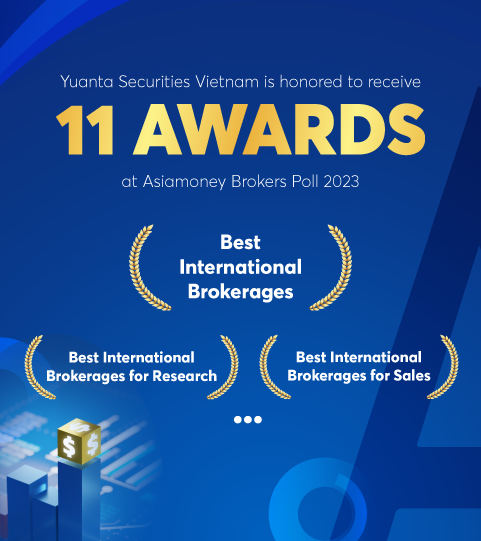10/01/2024 - 15:03
PAN Group JSC (PAN VN) — Sowing the Seeds of Growth
Expanding the business organically and inorganically. PAN’s business strategy is to combine the organic growth of its subsidiaries and its overall M&A strategy to become a comprehensive leader in agriculture and food products. We view the stock as a play on management’s ability to execute its acquisition strategy and to add value to the acquired businesses through operational improvements and cross-company synergies.
Next target: Fertilizer? PAN’s stated M&A strategy is to identify well-run companies that can be acquired at reasonable valuations and that are accretive to its existing ecosystem. Further acquisitions are planned in upcoming years, with a fertilizer company as a possible next target. Also, PAN plans to double its charter capital to a maximum VND 4,522bn and to expand its seafood and cashew businesses.
A cyclically soft 2023. 9M23 revenue decreased by -8% YoY and PATMI fell -13.3% YoY on sluggish export demand and a high base after a one-off asset divestment gain in 9M22. Although results picked up in 3Q23, PAN achieved just 68% of its revenue guidance and 54% of its profit target for 2023 in 9M23.
2024 Outlook. Of course, the company has not yet formulated operational guidance for 2024. However, management provided a cautiously optimistic view given that input costs have eased and demand may have bottomed in its key export markets, including Japan, the EU, and the US.
Valuations look reasonable given that the shares declined by -12% from the Aug 2023 peak. PAN is now trading at TTM PER of 13x, which we think is reasonable compared to the peer median PER of 18x. However, the structure of the group as an investment holding company suggests a sum-of-parts valuation may be more appropriate than an overly simplistic PE comparison.
Risks: Climate change, agriculture & aquaculture diseases, demand conditions & possible tariffs in export markets, volatile input costs, FX fluctuations, and a potentially structural conglomerate discount are among the key risks.









